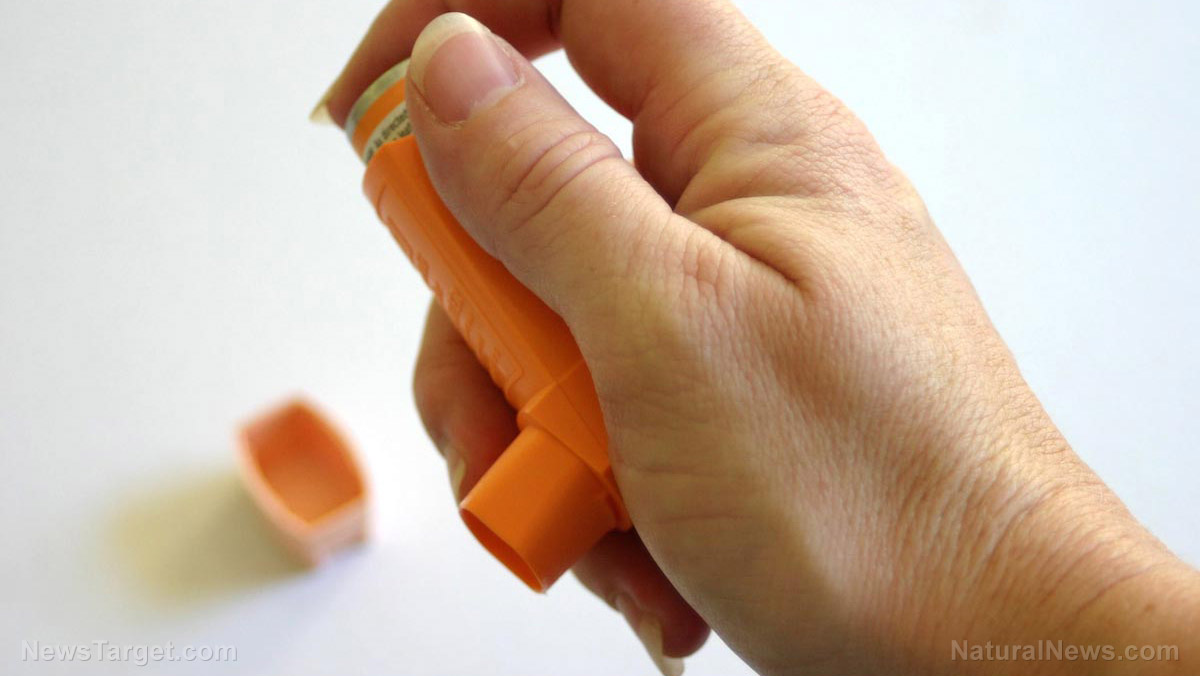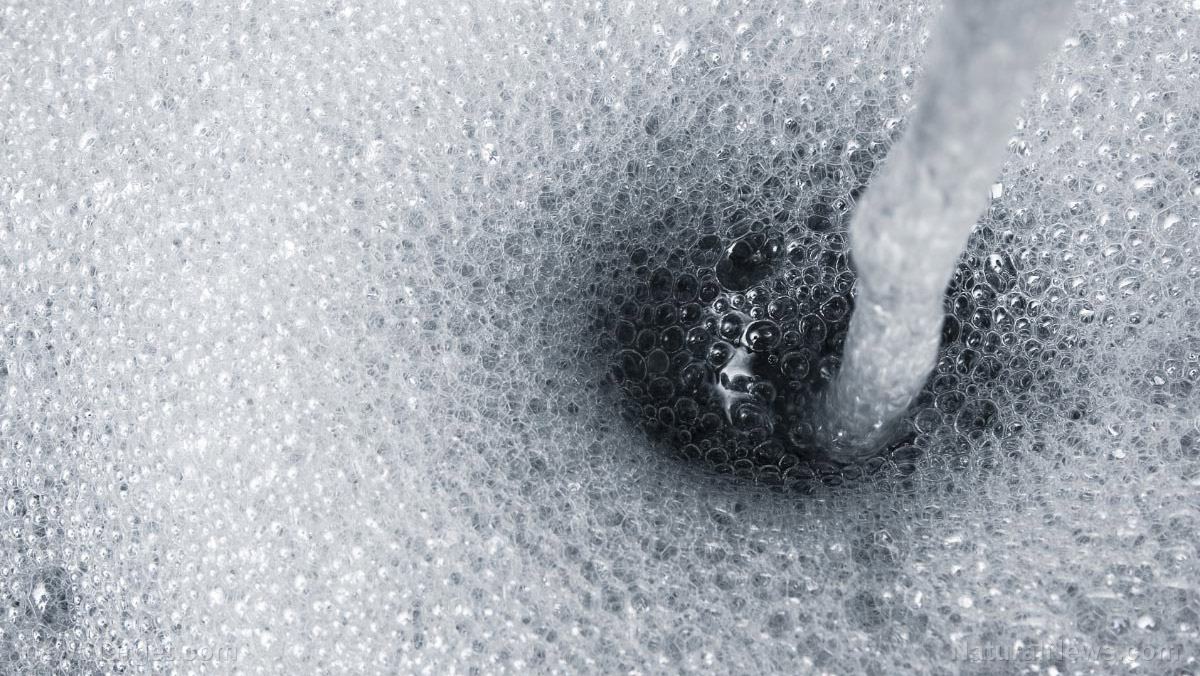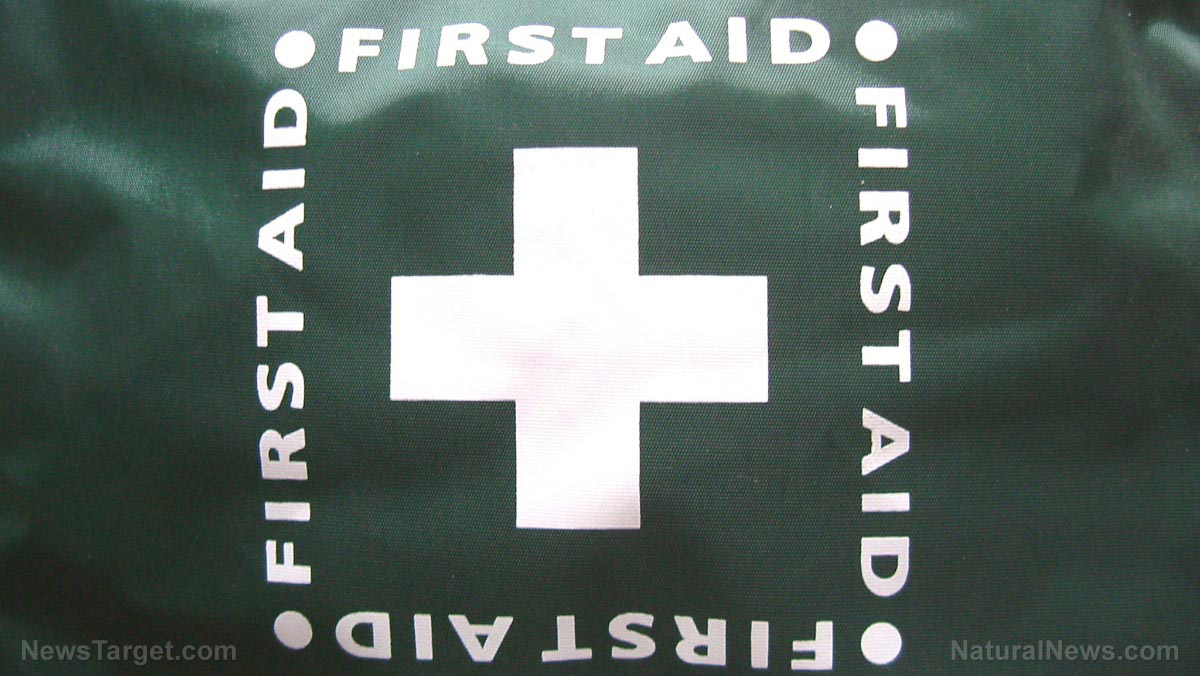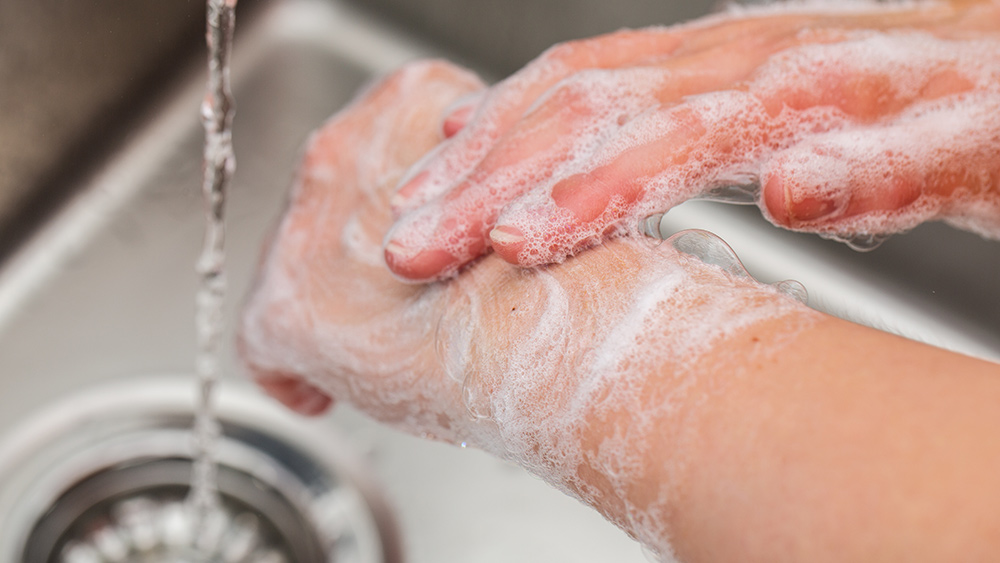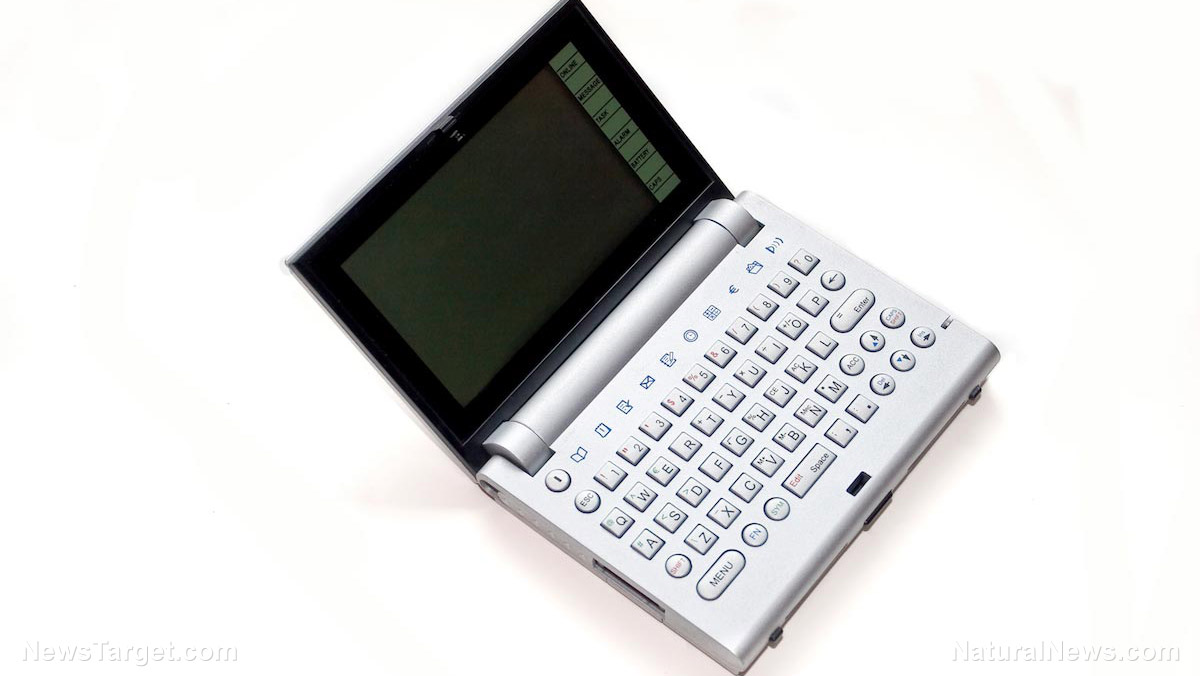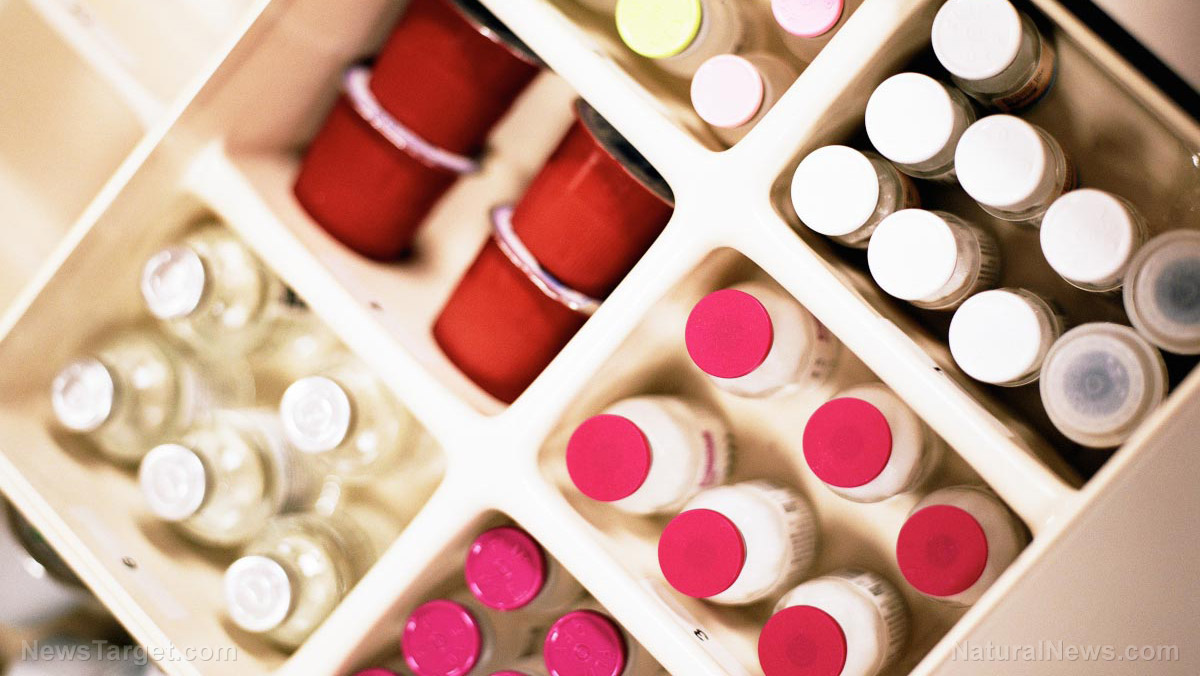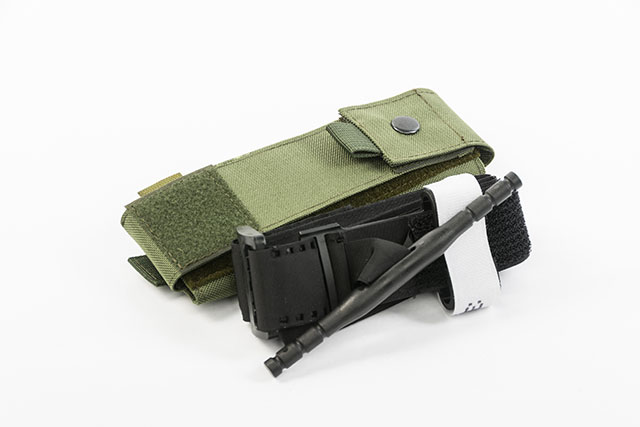Survival essentials: 6 Store-bought lab tests for your medicine chest
07/20/2021 / By Zoey Sky

If you have a health condition like diabetes, before SHTF you need to take extra precautions to ensure that you stay safe even during a long-term survival scenario. And if you’re bugging in with loved ones, you should stock up on DIY lab kits you may need for common health concerns like food allergies. (h/t to PrepSchoolDaily.Blogspot.com)
In a post-SHTF world, you need to be careful when trying to address medical emergencies. It’s also common to see people losing faith in the medical profession, especially if you have had negative experiences with your doctors. Some physicians would rather listen to insurance companies who insist that they force patients to undergo lab tests instead of listening to their complaints and performing a comprehensive physical exam.
Laboratory tests are sometimes extremely informative and they can help confirm if your doctor correctly determined what was wrong with you. But when SHTF or when the medical system collapses, you won’t have a chance to get lab tests done. If you’re worried, you can purchase various lab kits for different essential tests you can do at home.
Blood glucose strips and meters
Blood glucose strips and meters will help check your blood for elevated sugars. This test can help rule out the possibility of diabetes. This kind of test kit will help identify new cases of Type 1 and Type 2 diabetes. Additionally, blood glucose strips and meters help test for gestational diabetes.
The test kits are affordable, but the strips may be costly. Diabetes is prevalent in America and if you’re worried someone in your family has developed the condition, stock up on blood glucose strips and meters. (Related: Survival medicine: How to disinfect your first aid tools and instruments.)
Blood type test kit
Don’t wait until SHTF to find out the blood type of everyone in your family. This information might save someone’s life during a medical emergency. You can also purchase blood type test kits or EldonCards to determine the blood type of children who may be born in the future.
EldonCards are portable, compact and easy to use. You’ll need one to test someone’s blood type in a disaster scenario and you don’t have access to emergency medical services. If you use EldonCards, you can get the result within two to six minutes. The test kits don’t require refrigeration, electricity, or daily controls of reagents. EldonCards can be stored for up to 24 months at 37 C (110 F).
Food and penicillin allergies
You can check for food allergies and sensitivities using a simple scratch test. A food allergy will trigger anaphylaxis and your body may go into shock. Anaphylactic shock can even cause death.
Different foods or substances can trigger an allergic response at any time. Some of the most common foods that trigger anaphylactic responses are peanuts and tree nuts. Eggs and milk are also common food allergens. If you think a food allergy was triggered by any type of nut, eggs, latex, or penicillin, do not attempt testing without a physician and an Epi-pen at hand.
Skin scratch test
- Clean the patient’s inner forearm and upper arm with soap and water, then wipe with rubbing alcohol.
- Apply a little saline to one site then scratch the area with a butter knife or a dull instrument. Don’t break the skin or cause bleeding. This will be the control site and there should be no reaction. In a clinical setting, another control that would be performed involves the application of histamine. Everyone reacts to histamine, but you may not have this in an SHTF scenario.
- Prepare a second skin site: Wash, disinfect and gently scratch as described in the previous steps. Mash the food you think triggered the allergy and apply a small amount to the second skin site.
- Leave the food in place for 20 minutes, then rinse it away. You won’t see any difference between this site and the control site if the patient doesn’t have an allergy or sensitivity.
- If the patient experiences itching, irritation, bumps, or redness, they have a sensitivity or allergy. A positive test on the skin site will look like the irritation following a mosquito bite, with the skin being a little red. An itchy bump may also form.
If the food triggered an allergic skin reaction, it might also be causing a problem internally so avoid eating more of it. Note that these tests are not considered diagnostic or definitive and they usually only suggest a possible problem.
Testing for drug allergies
Penicillin is the most common drug that causes an allergic reaction. It’s also a commonly used antibiotic, and it is often used to treat some serious infections.
A penicillin allergy often passes with time.
But if you’re in a situation where a patient may have a penicillin allergy and has an illness that is best treated with penicillin, follow the skin test detailed above and replace steps three to five with the steps below:
- Grind up a penicillin tablet or open a capsule.
- Mix the powder with a little water, then apply the paste to the skin. If there is a reaction, the patient is allergic and you shouldn’t use penicillin.
- If there is no reaction, you can use penicillin if absolutely necessary, but only under a physician’s supervision and with an Epi-pen at hand.
Hematocrit DIY test kit
To make your DIY hematocrit test, you need to buy glass capillary tubes for about $7 and lancets (which you also need for the blood glucose meter test kits) for $9 or more.
- Prick the tip of the patient’s finger with a lancet. Squeeze the pricked finger from the base to the tip to squeeze out some drops of blood.
- Place the end of the capillary tube in the drop of blood. Get as much blood into the tube as possible, then set the tube upright. Wait for at least one hour.
Measuring the hematocrit
According to Dr. Cynthia Koelke’s book “Armageddon Medicine,” “In a column of blood, the cells will sink to the bottom, leaving yellow-tinged serum at the top. Measure the height of the cells, and divide this by the total height of the fluid column.”
In men, cells should comprise about 40 percent of the blood, in women about 35 percent. Most people don’t feel unwell until the hematocrit drops below 30 percent.
Pregnancy test
Women can use pregnancy tests to help a physician differentiate between appendicitis, ectopic pregnancy, or ovarian cysts. A doctor will also need to know if someone is pregnant before prescribing some medications.
You can get 25 pregnancy tests for about $7 Amazon.
Urinalysis strips
Urinalysis strips help measure 10 different parameters:
- Bilirubin
- Blood in the urine
- Glucose
- Ketones
- Leukocytes
- Nitrite
- pH value
- Protein
- Specific gravity
- Urobilinogen
A physician will refer to these parameters to determine what’s wrong with a patient. Urinalysis test strips are also relatively inexpensive and you can get 100 strips for about $20.
It can be difficult to obtain and provide medical care in a post-SHTF world. Before disaster strikes, stock up on these useful lab kits so you can conduct the necessary tests when facing medical emergencies.
Sources include:
PrepSchoolDaily.Blogspot.com 1
Tagged Under: DIY lab kits, emergency medicine, lab kits, medical supplies, off grid, preparedness, Preppers, prepping, prevention, SHTF, survival, survival medicine, Survival Tips
RECENT NEWS & ARTICLES
SurvivalMedicine.News is a fact-based public education website published by Survival Medicine News Features, LLC.
All content copyright © 2018 by Survival Medicine News Features, LLC.
Contact Us with Tips or Corrections
All trademarks, registered trademarks and servicemarks mentioned on this site are the property of their respective owners.


